Exploring the Wailing Wall and Jewish Quarter: A Visitor's Guide
Wailing Wall
The 48-meter long Wailing Wall (officially called the Western Wall or Kotel HaMa'aravi) is the holiest Jewish site in Jerusalem's old city. This massive stretch of wall was originally built as the retaining wall for the southwest side of the Temple Mount's Second Temple, destroyed by the Romans in AD 70. Since 1967, the densely built-up area in front of the wall has been cleared to make a large open space known as the Western Wall Plaza. The section of this area nearest the wall is railed off and ranks as an open-air synagogue, with separate entries for men and women. This is where Judaism's great religious ceremonies take place.
Location: Western Wall Plaza
Hurva Synagogue
The beautifully restored Hurva Synagogue is a highlight of the Old City's Jewish Quarter. It was founded by Rabbi Yehuda Hanassi, who arrived from Poland in 1701 with 500 Ashkenazi Jews. It was burnt down by the Arab money-lenders of the city in 1720 when the community could not afford to pay back the loan. The name of the Synagogue stems from this act: hurva translates as 'ruin'. It was rebuilt in 1856, but then destroyed again in the Arab-Israeli war of 1948. After 1967, various plans to rebuild the synagogue came and went until finally, in 2009, the Hurva Synagogue was resplendently restored once more. Tourists are welcome to visit the synagogue but must take one of the synagogue's tour guides. Nearby is the Ramban Synagogue which was founded by Rabbi Moshe Ben Nahman Ramban (also known as Nachmanides) in 1267, making it the oldest synagogue in Jerusalem's Old City.
Hours: Open Sun-Thu 8am-6pm, Fri 9am-1pm
Admission: Adult 25NIS, student & child 15NIS (includes tour)
Location: Hurva Square
Cardo Maximus
Just to the west of the Hurva Synagogue, steps lead down to the Cardo Maximus, one of Jerusalem's two principal streets in Roman and Byzantine times. Excavated between 1976 and 1985, it runs for a length of just under 200 m, 6 m below the modern ground level. As the reproduction of the 6th-century Madaba Map of the Holy Land (the original is in Madaba, Jordan) displayed here shows, it was a magnificent avenue, lined with shops and flanked by columns that supported a roof. Back on modern ground level, but still following the path of the original Cardo below, the street is again lined with souvenir shops so you can browse for wares just as the Romans once did along this road.
Location: Jewish Quarter Road
Sephardic Synagogues
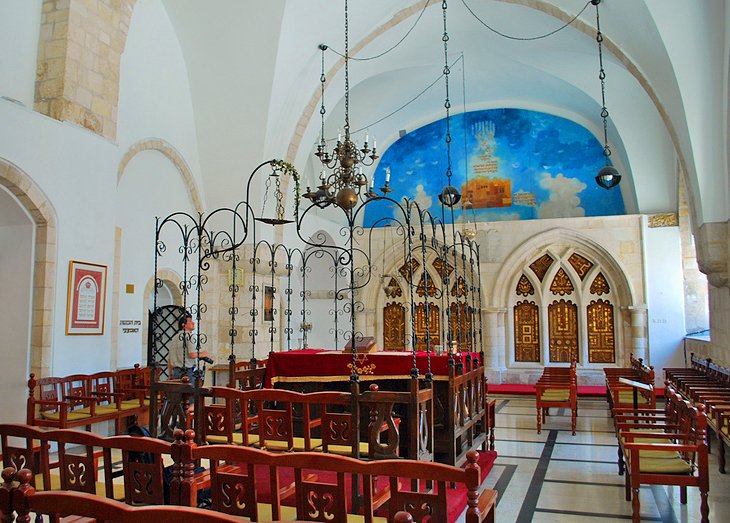
The four Sephardic Synagogues on HaTupim Street were built in Jerusalem's Ottoman era when many Jews from Europe arrived in the city. The Ben Zakkai Synagogue is named after a rabbi of the Roman period. The Istanbuli Synagogue was founded by Turkish Jews and dates to 1764. The name of the Eliahu Havani Synagogue commemorates the association of the site with the prophet Elijah, while the small Emtzai Synagogue, squeezed between the other three, was originally only the vestibule to the others. All four suffered damage in 1948, but have been restored following their original 17th- and 18th-century form.
Hours: Open Sun-Thu 9.30am-4pm, Fri 9.30am-noon.
Admission: Free
Location: HaTupim Street
Herodian Quarter (Wohl Archaeological Museum)
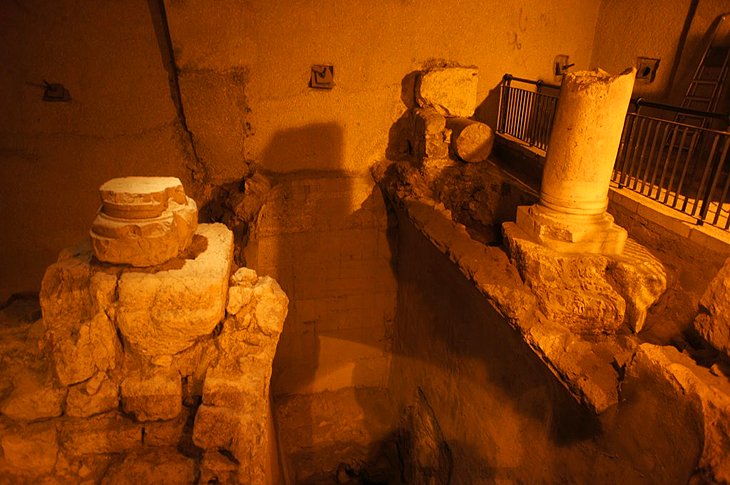
East of the Hurva Synagogue, is the Wohl Archaeological Museum (more commonly known as the Herodian Quarter) where a number of houses built in the reign of Herod the Great (40-4 BC) and destroyed in AD 70 during the Jewish War have been brought to light. The size and magnificence of the houses (in particular some of the mosaic flooring which has been excellently preserved) and the elaborate bath houses, bear witness to the wealth of their one-time owners. The excellent information boards walk you through the ruins with exhibits of stucco and fresco decorations as well as domestic equipment and other objects found during the excavation.
Hours: Open Sun-Thu 9am-5pm, Fri 9am-1pm
Admission: Adult 18NIS, student & child 13NIS
Location: HaKaraim Street
Burnt House
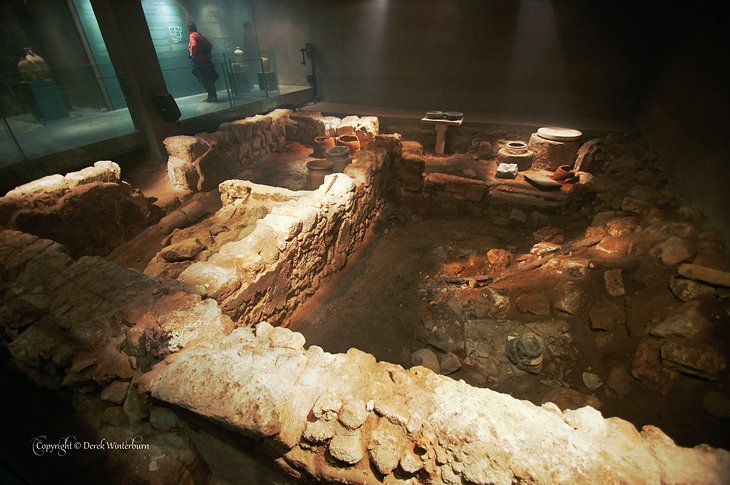
This fascinating, small museum is a ruined house from the Herodian period that lay undiscovered for centuries after its destruction by the Romans in AD 70. A host of finds were discovered here including Roman coins and a female skeleton. An audio-visual show is presented several times daily and gives you a vivid picture of the history of the Jewish Quarter, in the time of Herod, and its destruction by the Romans.
Hours: Open Sun-Thu 9am-5pm, Fri 9am-1pm
Admission: Adult 25NIS, student 20NIS
Location: Tiferet Israel Street
Practical Jewish Quarter Tips
- The most atmospheric time to visit the Wailing Wall is at sunset on Friday when the beginning of Shabbat brings crowds to the wall.
- Those of all faiths can visit the wall. Note the separate areas for men and women and dress modestly. Men are required to wear a kippa (Jewish male head-dressing). These are available on-site. Modest dress is also required to enter the synagogues of the Jewish Quarter.
Getting There
- From central Jerusalem, take Egged Bus No. 38A which runs from King George V Street through the Jewish Quarter and to the Western Wall Plaza and other attractions.
- The nearest Gate into the Old City's Jewish Quarter is the Dung Gate.
- If you're walking from Central Jerusalem, Jaffa Gate is the nearest approach.
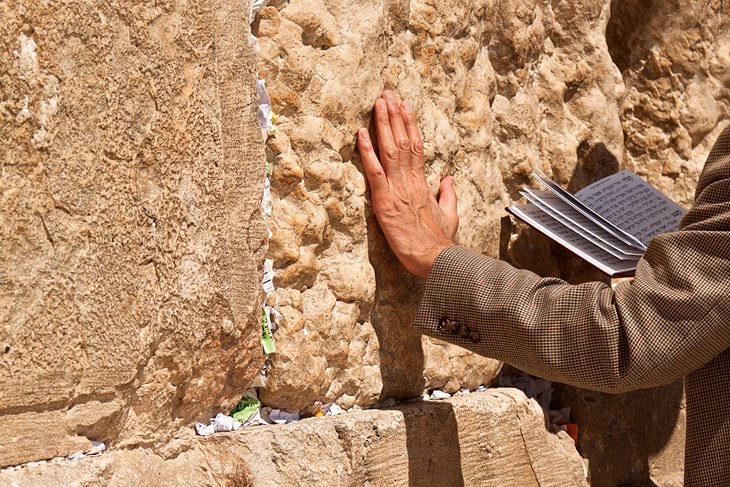
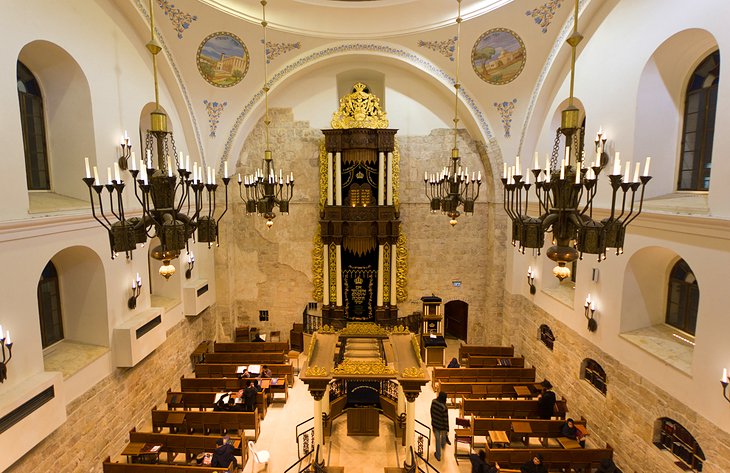
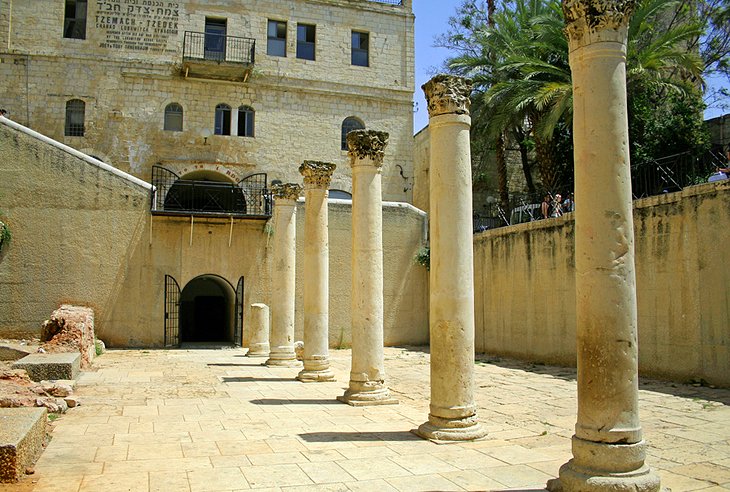
No comments:
Post a Comment